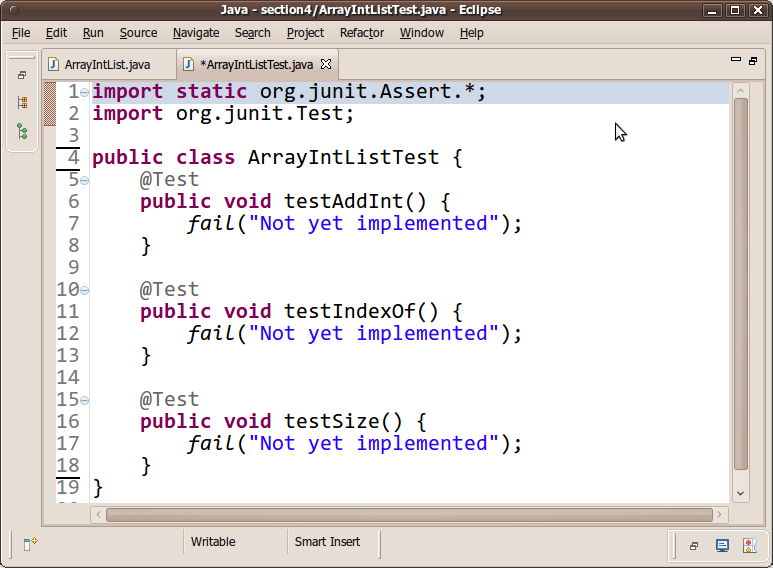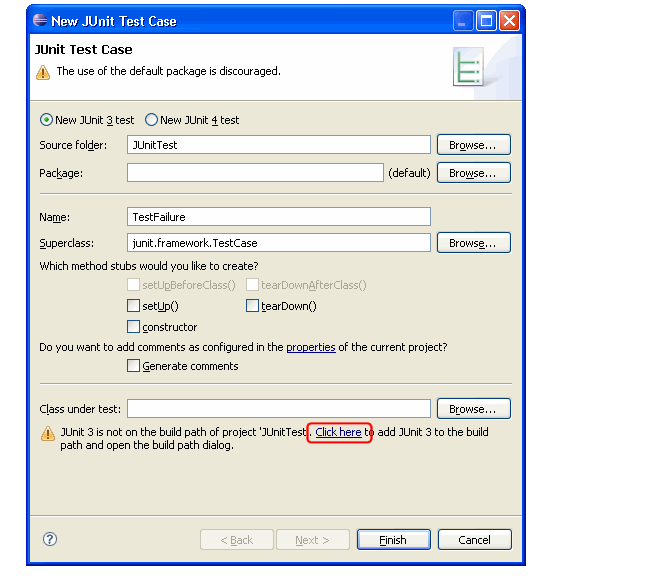Are you interested in finding 'how to write junit test cases in rad'? You will find questions and answers on the subject here.
Table of contents
- How to write junit test cases in rad in 2021
- Junit test if else
- Junit test class
- How to write test cases in java
- Junit test cases example
- Junit tutorial
- Junit test cases example in eclipse
- Test cases in java program
How to write junit test cases in rad in 2021
 This image representes how to write junit test cases in rad.
This image representes how to write junit test cases in rad.
Junit test if else
 This image illustrates Junit test if else.
This image illustrates Junit test if else.
Junit test class
 This image demonstrates Junit test class.
This image demonstrates Junit test class.
How to write test cases in java
 This picture representes How to write test cases in java.
This picture representes How to write test cases in java.
Junit test cases example
 This picture shows Junit test cases example.
This picture shows Junit test cases example.
Junit tutorial
 This image representes Junit tutorial.
This image representes Junit tutorial.
Junit test cases example in eclipse
 This image shows Junit test cases example in eclipse.
This image shows Junit test cases example in eclipse.
Test cases in java program
 This image shows Test cases in java program.
This image shows Test cases in java program.
What does the result of a JUnit test look like?
The JUnit result tab displays mainly the number of test cases run, number of errors and number of failures encountered i.e. Run: 1/1 (meaning 1 testcase out of 1 testcase ran), Errors: 0 (no errors found in the test case executed), Failures: 0 (no test cases failed) The time taken to finish the execution of the tests.
What does the green bar mean In JUnit?
Displays a green bar if all the test cases are passed. Just above the timestamp on the JUnit tab, you see different icons: The first icon shows ‘Next Failed Test’, the second icon shows ‘Previous Failed Test’, and the third icon with a blue and red cross helps you to filter out only failed tests.
How to write JUnit test cases step by step?
After selecting the Junit Test Cases you will get below screen. Here the Jupiter option (Step 1) is for implementing the Junit Test cases with Junit 5. You can write test class name (Step 2) as CalcularTest and also select Fixture (Step 3) if initialization required for your test cases.
How to test if STR1 and string are equal in JUnit?
Under the package demo. tests, we have created a JUnit test class file and have included a method test_JUnit () that verifies if the str1 variable and string passed in the condition are both equal. The comparison of the expected condition has been performed by the assertEquals () method which is a JUnit specific method.
Last Update: Oct 2021